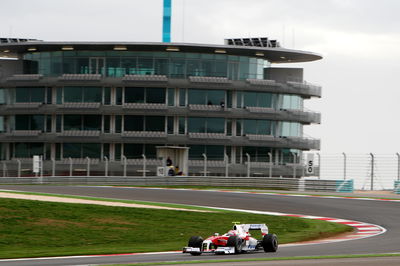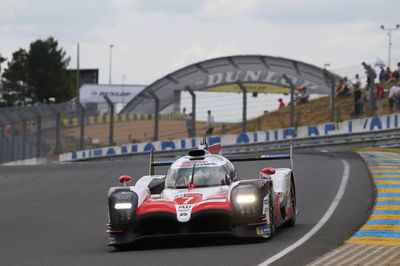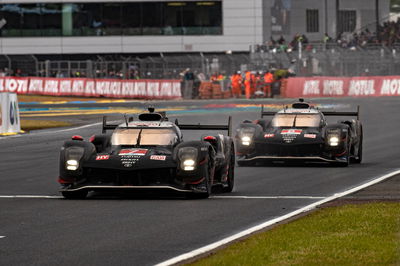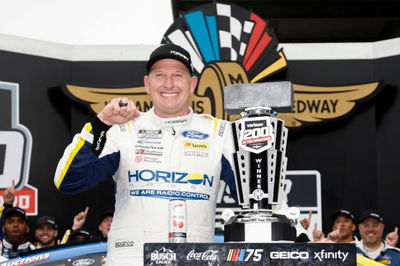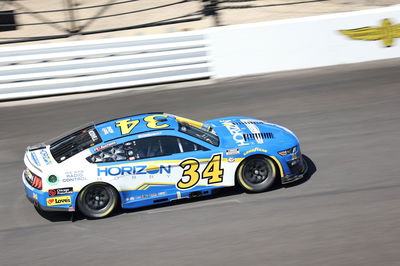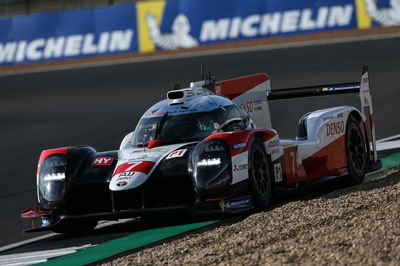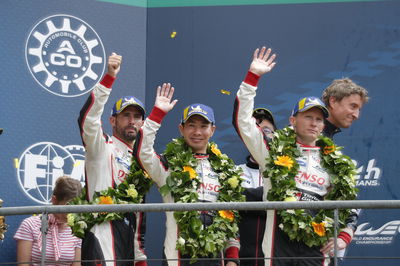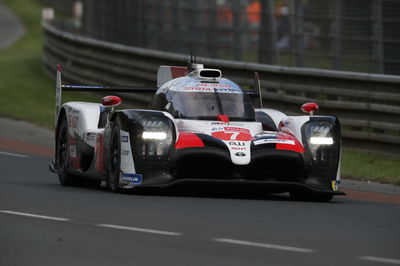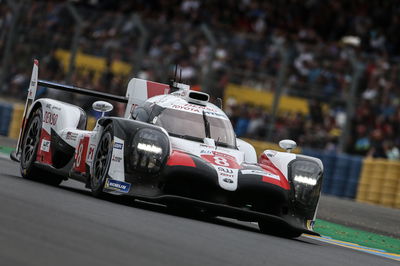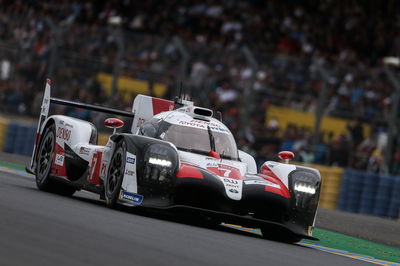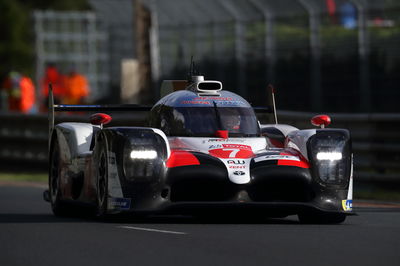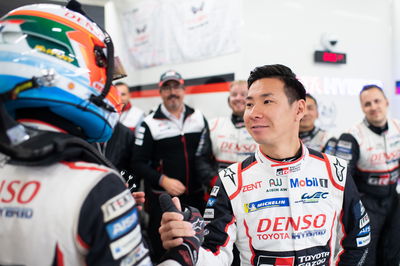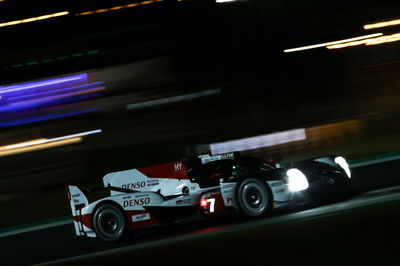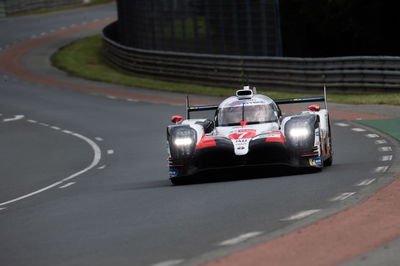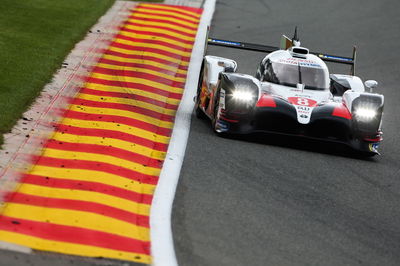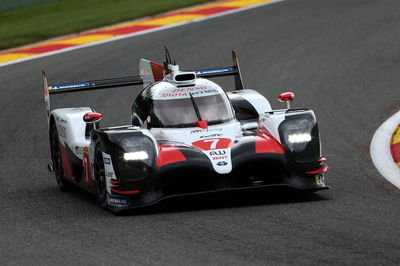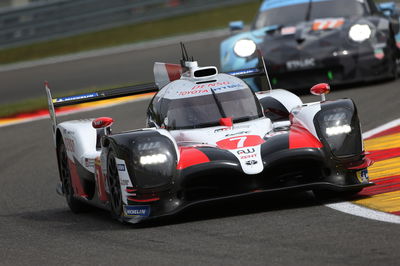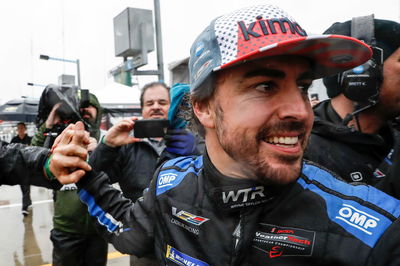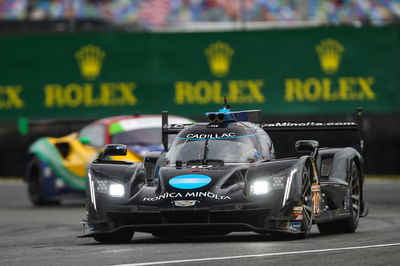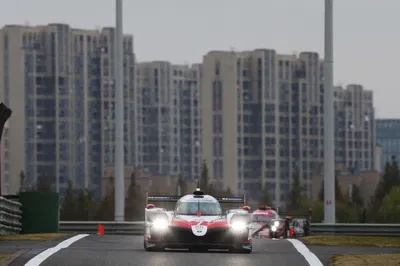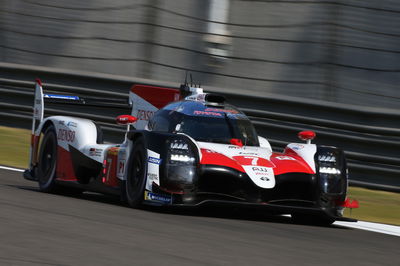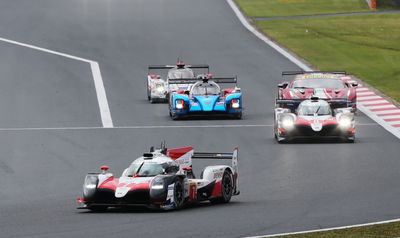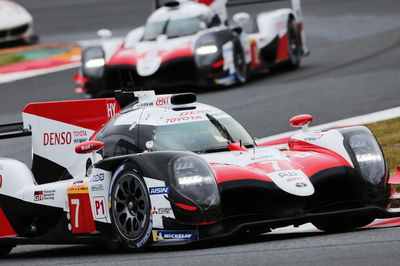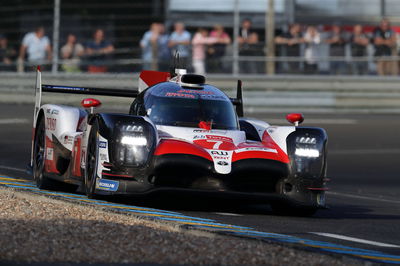Kamui Kobayashi

Personal Information

About Kamui Kobayashi
Kamui Kobayashi arrived in Formula One at the tail-end of the 2009 campaign, immediately impressing with his pace and control after an indifferent climb up the motorsport ladder.
Career Stats
Latest News
Pagination
- Next page Next Page
Full Biography
Kamui Kobayashi arrived in Formula One at the tail-end of the 2009 campaign, immediately impressing with his pace and control after an indifferent climb up the motorsport ladder.
Unsurprisingly, his career began in karting in his native Japan, with a first race in the cadet class at the age of nine. Success was quick in coming, with two titles under his belt before moving into older categories, and continued in the senior ranks before he made the decision to move into cars.
At the age of 17, he joined the Toyota Driving Academy and, after a year in the national Formula Toyota class, was soon racing around the globe in Formula Renault. Races in the Asian, German, Dutch and Italian championships eventually yielded a brace of victories in the latter, and persuaded Kobayashi to continue his quest into 2005 with dual campaigns in the Italian and Eurocup championships. This time, with six wins in each series, he emerged victorious, with his first open-wheel titles into the bargain.
Looking to move its protege up the ladder, Toyota helped Kobayashi into F3 with a seat at the crack ASM team in the 2006 Euroseries. Running alongside the likes of Paul di Resta, Giedo van der Garde and Sebastian Vettel was always going to be a tough task for the rookie, but Kobayashi's undoubted potential shone trhough as he took three podiums positions en route to eighth overall.
Buoyed by his appointment as one of the Toyota F1 team's test drivers, he remained in the Euroseries for a second season, again with ASM. However, despite the team's clear superiority in the category, claiming podium finishes in the opening rounds and a maiden win in front of the F1 fraternity at Magny-Cours, he managed only fourth overall as team-mate Romain Grosjean scooped the title.
Needing to move on to keep his F1 goal in focus, Kobayashi moved into GP2, again with Toyota backing but at DAMS rather than ASM sister team ART GRand Prix, for the 2007-08 Asia Series. Immediately at home in the more powerful machines, he took two race wins on the way to sixth overall. The success continued in round one of the main summer series, with victory in the sprint race in Barcelona, where he benefited from a stewards ruling against Grosjean's defensive tactics, but the difference between the cars used in Asia and Europe didn't seem to gel with the Japanese, and he faded to 16th overall.
The theory was underlined the following winter when Kobayashi, still with DAMS, cruised to the Asia Series title with a round to spare and with another brace of wins to his name. Come the summer of 2009, however, he failed to set the pace expected of a champion and, after a mix of ill-luck and indifferent performance, had to settle for 16th spot once again.
Despite that, Toyota kept faith with him and, having given him the opportunity to test over the past couple of seasons, had little hesitation in naming Kobayashi as replacement for the injured Timo Glock following the German's Japanese GP qualifying crash.
Although there was some controversy over the extent of Glock's injuries, and whether he could return to the cockpit for the final two rounds, Kobayashi duly made his debut in Brazil, where he just missed out on a point in ninth place. Retained for the season finale in Abu Dhabi, the Japanese showed the spark that had been missing from his GP2 campaign, enjoying a battling drive to sixth place and his first score.
His background notwithstanding, the Abu Dhabi performance made Kobayashi a coveted asset over the off-season and, with Toyota having annouced its exit and left him on the market, he was eventually snapped up by a Sauber team emerging from its relationship with BMW.
For his first full F1 campaign, Kobayashi was paired with Spanish veteran Pedro de la Rosa, giving him a benchmark from which to learn the finer points of set-up and development, if not necessarily outright pace. However, although the C29 appeared to show signs of true performance in pre-season testing, it proved to be an illusion, and the start of the 2010 season was a tough introduction for the 'rookie'.
Steady work behind the scenes, particularly once James Key transferred from Force India, eventually saw the Sauber make progress, and Kobayashi opened the team's account with tenth place in Turkey. He followed that up two races later with a swashbuckling seventh in Valencia - including a last lap pass on Fernando Alonso's Ferrari - and then added sixth at Silverstone. Five further points finishes followed by the end of the season, but it was the on-track excitement that the Japanese brought that really caught the eye.
Kobayashi remain at Sauber in 2011 and, with GP2 runner-up Sergio Perez coming on board with handy sponsorship, was expected to lead an inexperienced, if better-funded, line-up. Although the final standings suggested that he had achieved that aim, however, the real story was that the Japanese driver had been under pressure for much of the campaign.
Both drivers were disqualified for a technical infringement having scored points in Australia, but Kobayashi showed that, while qualifying occasionally proved to be a problem for the Japanese driver, the 2011 Sauber was a reasonable racer by rattling off six top-ten finishes in as many outings, including fifth in Monaco. However, another score in Germany, preceded a run of seven misses, before Kobayashi returned to the top ten in the final two rounds.
Perez, meanwhile, began to establish himself as a match for his more experienced team-mate, and the pair - who were confirmed as early as July - looked set to head into 2012 on equal terms.
Looking to bounce back after his lacklustre end to 2011, Kobayashi started well with points in Melbourne, but his season was a mixed bag of good and mediocre thereafter. The good was often very good, with fourth in Germany and fifth in Spain only being topped by an emotional maiden podium in front of an adoring home crowd at Suzuka, but Kobayashi also missed the top ten with some regularity. With Sauber hoping to overhaul Mercedes for fifth place in the constructors’ championship, the end of year misfires from both Kobayashi and team-mate Perez left the Swiss team short, although the two drivers indeed proved equally matched by their individual totals.
With the Mexican failing to add to his tally in the final six races, some cynics suggested McLaren may have taken the wrong Sauber driver for 2013, claims that would prove particularly irritating when Kobayashi was dropped by the Swiss team in favour of Nico Hulkenberg and rookie Esteban Gutierrez. Unable to find a ride anywhere else - despite fans attempting to raise money online to pay his way - Kobayashi was forced to admit that he was putting 2013 on hold in the hope of returning to the fray in 2014.
That approach worked, but perhaps not with one of the teams
Kobayashi would have been initially targeting. He was confirmed as one of
Caterham’s race drivers for 2014 alongside rookie Marcus Ericsson, and will
have to lead the team as it attempts to break in to the midfield under the new
regulations.
Latest Photos
